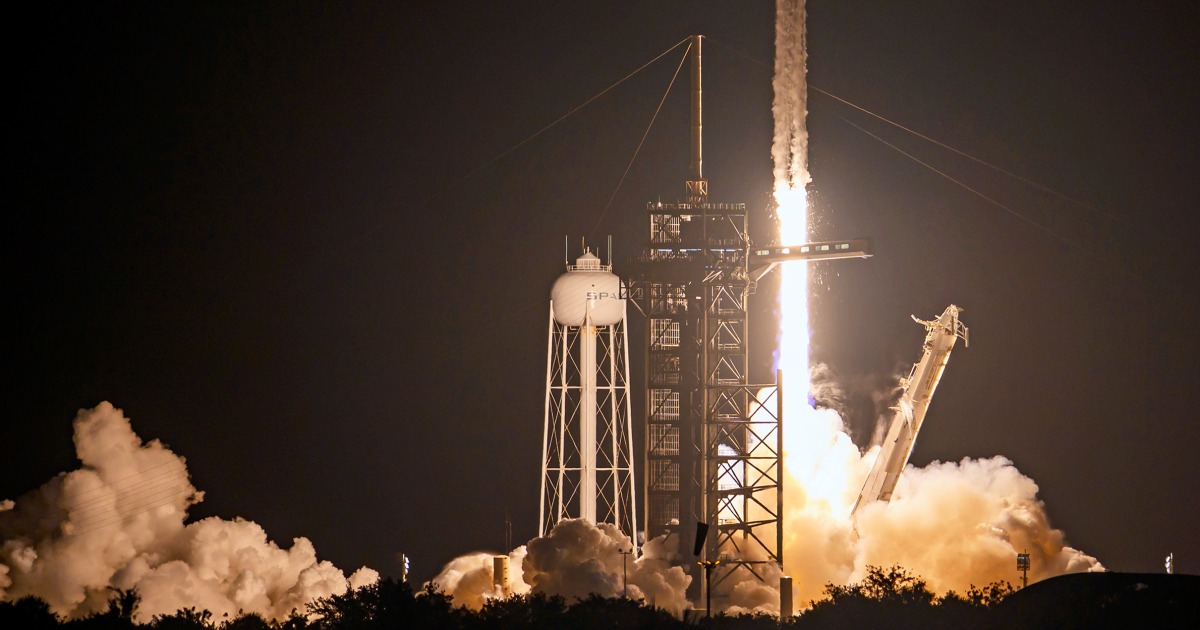International Astronauts Launch to Space Station Amid ISS Transition Plans
Astronauts from India, Poland, and Hungary successfully launched to the space station, while Axiom and U.S. companies prepare for future space station developments.
Subscribe to unlock this story
We really don't like cutting you off, but you've reached your monthly limit. At just $5/month, subscriptions are how we keep this project going. Start your free 7-day trial today!
Get StartedHave an account? Sign in
Overview
- Astronauts from India, Poland, and Hungary launched to the ISS from NASA's Kennedy Space Center after a two-week delay due to leak concerns.
- The launch is part of a privately funded mission aimed at advancing international collaboration in space exploration.
- Axiom Space is among U.S. companies planning to develop new space stations to succeed the ISS by 2030.
- The transition to new space stations is driven by the need for updated technology and capabilities in low Earth orbit.
- This mission highlights the growing involvement of private companies in space exploration and the international nature of modern astronaut teams.
Report issue

Read both sides in 5 minutes each day
Analysis
Center-leaning sources frame the narrative around space exploration with a focus on technological advancements and international collaboration. They emphasize delays and challenges, reflecting a cautious optimism about private sector involvement in space. The tone suggests a blend of excitement and skepticism regarding the implications of commercial space ventures.
Articles (3)
Center (1)
FAQ
The ISS is planned to be retired by 2030 due to aging infrastructure, the need for updated technology and capabilities in low Earth orbit, and to enable a transition to commercial space stations that can support future space exploration needs.
Private companies such as Axiom Space are developing new commercial space stations intended to succeed the ISS after 2030, marking a shift towards privatized and commercially operated space habitats to advance human spaceflight and research.
NASA has contracted SpaceX to design a vehicle that will attach to the ISS and guide it out of orbit, ensuring a controlled re-entry where the station largely burns up over the ocean, minimizing risk from debris falling on populated areas.
The recent launch involving astronauts from India, Poland, and Hungary was part of a privately funded mission aimed at advancing international collaboration in space exploration and demonstrating growing international and commercial involvement on the ISS.
NASA plans to maintain continuous human presence and research in low Earth orbit by transitioning to one or more commercially owned and operated space stations, which will support ongoing human health research and technology demonstrations vital for future missions to the Moon and Mars.
History
- This story does not have any previous versions.

